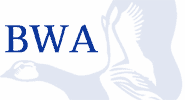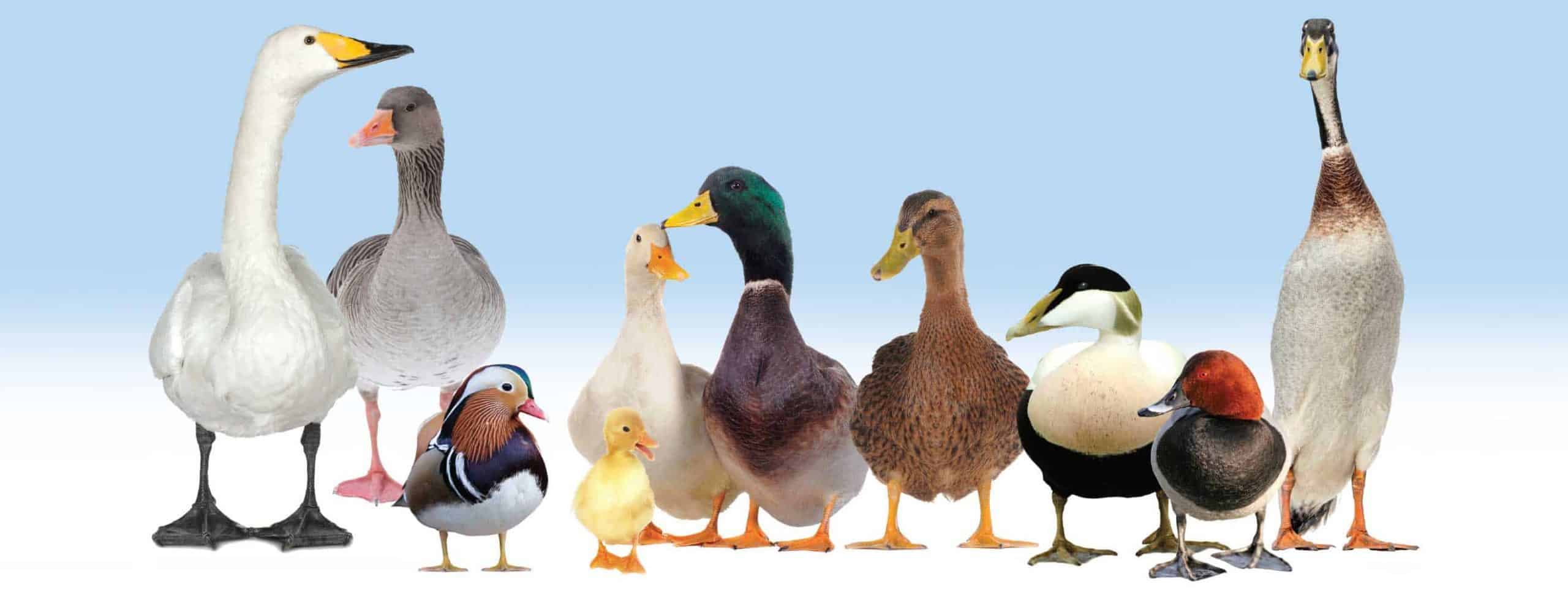Pal-Mates … weekend web tip
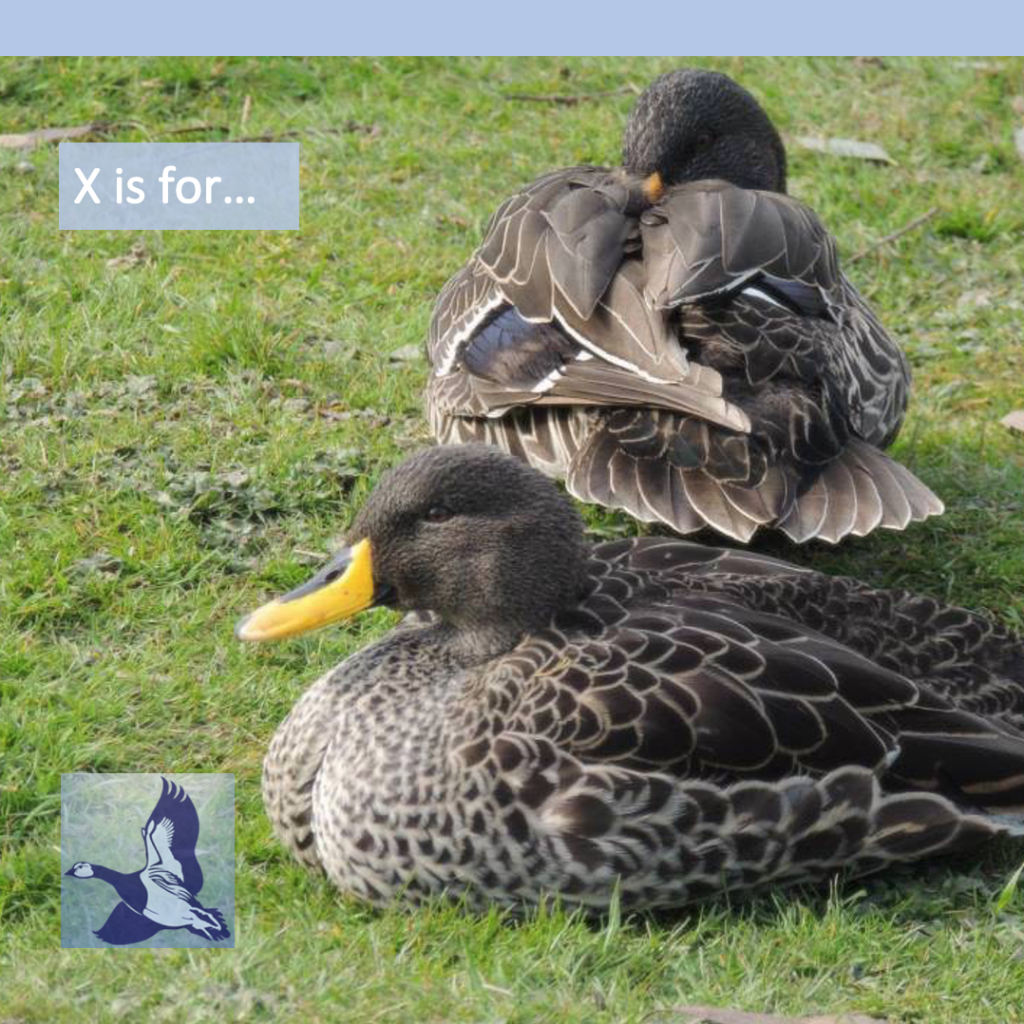
X is for Xanthophyll. Yes it’s a bit of a mouthful, but this is the pigment responsible for the yellow colour in egg yolks, and some of the yellows in skin colour. This is a timely reminder that laying birds have high nutritional needs to stay healthy. Although the shell colour for any breed or […]
Pal-Mates … weekend web tip

W is for wild, introduced or domestic? When we talk about wild waterfowl in Britain, we usually mean the birds ‘ordinarily resident’ here, in their wild colour and form. Some, like the Mandarin Duck (Aix galericulata) or Egyptian Geese (Alopochen aegyptiaca) have been released and have naturalised, but they don’t really belong here. Introduced species […]
Pal-Mates … weekend web tip

Q is for Quill. The bare part of the central shaft of a feather, nearest to the body. As the true feathers start to grow in youngsters, the feather is surrounded by a sheath and has a regular blood supply. When these ‘pins’ as they are known, continue to grow, they are very […]
Pal-Mates … weekend web tip
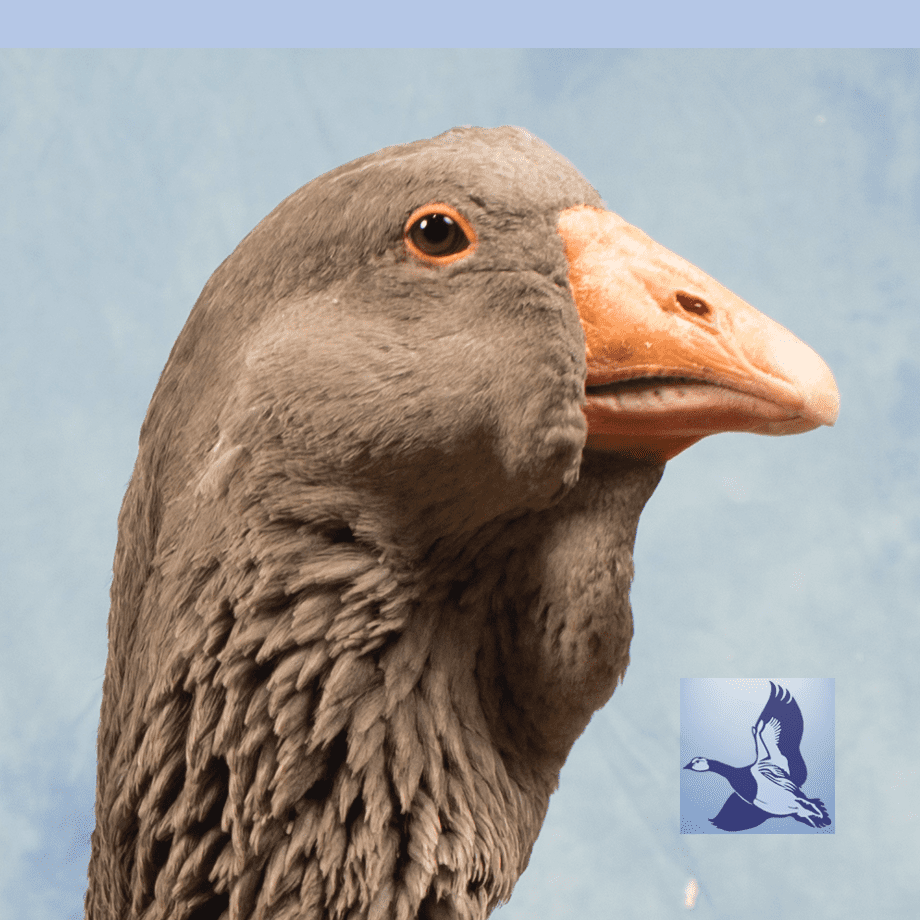
N is for… Nostrils or nares. The 2 holes in the upper part of the beak are the entry point to the mouth cavity for breathing air. At the back of the tongue is a slot which leads down into the larynx and trachea, closing firmly when the bird swallows. Food and water pass either […]
Pal-Mates — weekend web tip
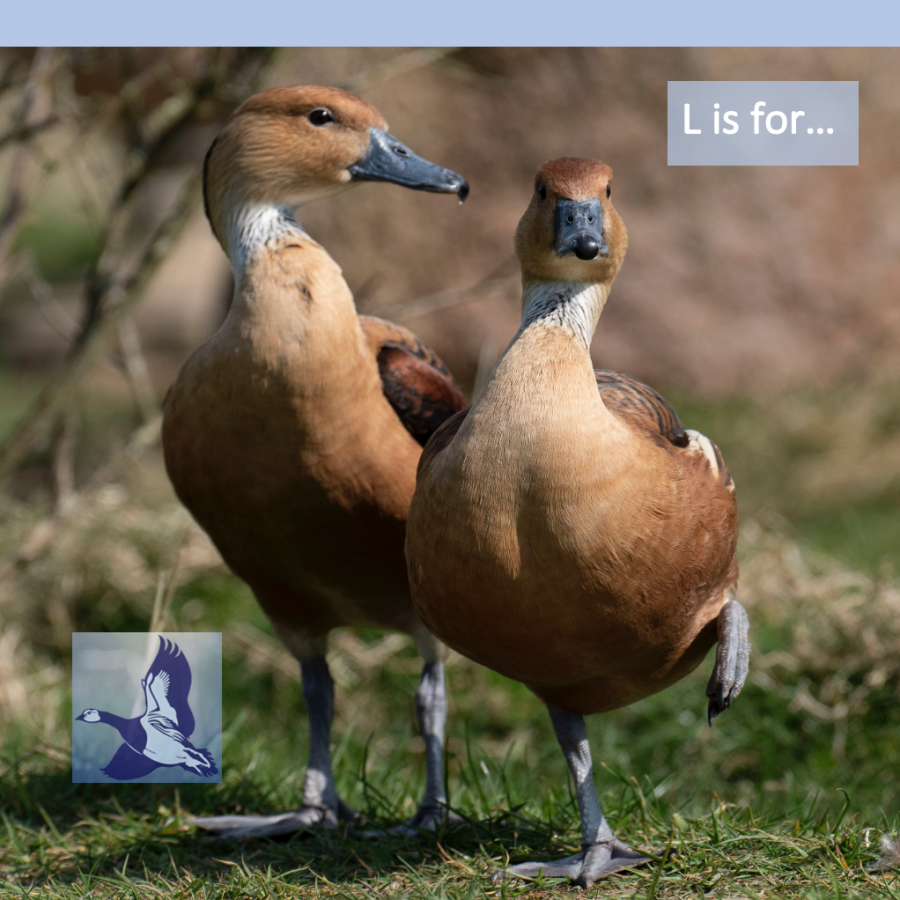
Limping or lameness. There are lots of reasons why waterfowl may go lame. Accident and injury, perhaps after being chased, painful feet because they have calluses or bumble foot, age related degeneration can all be causes. A high parasitic worm burden can also make birds limp, so worth considering if you notice a change in […]
Just starting with incubation?
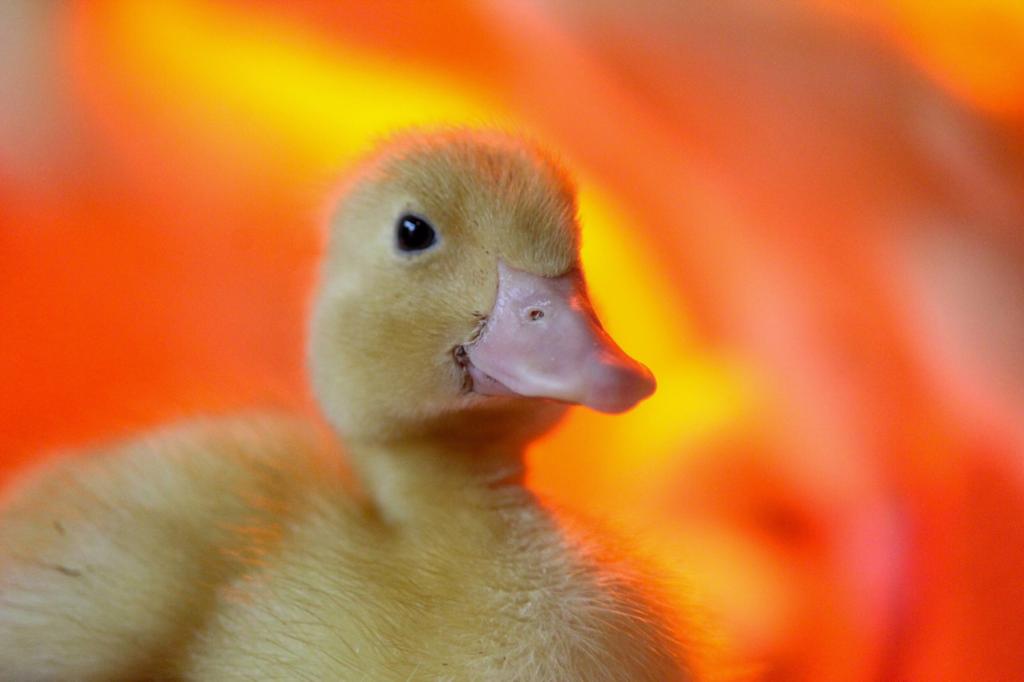
Our slide presentation on Facebook will guide you through the process. https://www.facebook.com/BritishWaterfowlAssociation/videos/639246863854504
Pal-Mates — weekend web tip
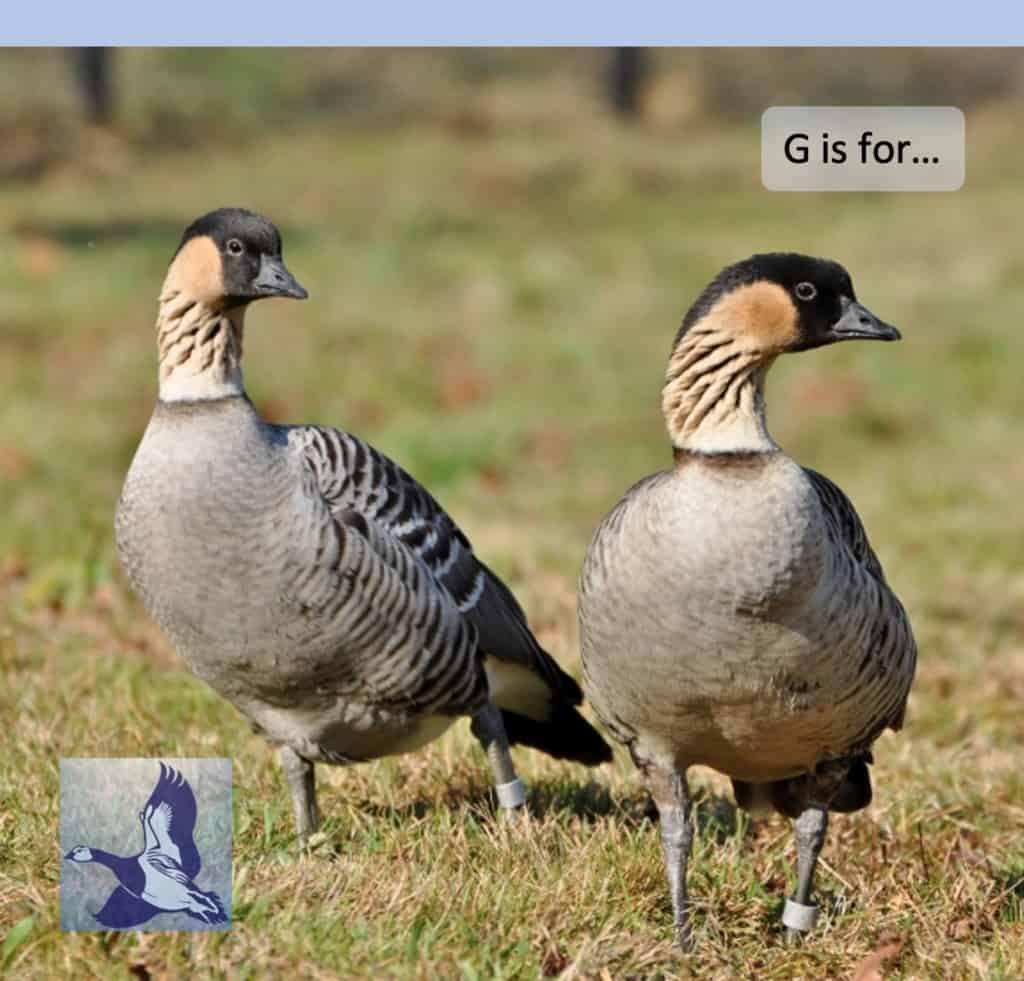
G is for Gravid and for Goose. How can you tell when geese are about to lay? Although body shape of the goose sometimes makes it plain she has an egg on the way, the first signs are often a change in behaviour. The pair will prospect for safe places and the gander may decide […]
Are you secure?

Do you know the signs of #BirdFlu? See APHA’s list of signs here: https://www.gov.uk/guidance/avian-influenza-bird-flu… Contact your vet immediately if you suspect #AvianInfluenza. It is a legal requirement to report it to APHA if you are in England, Wales or Scotland. Unfortunately, as of 29th December 2021, there are now 65 confirmed cases of Avian Influenza […]
Are you a webbie?
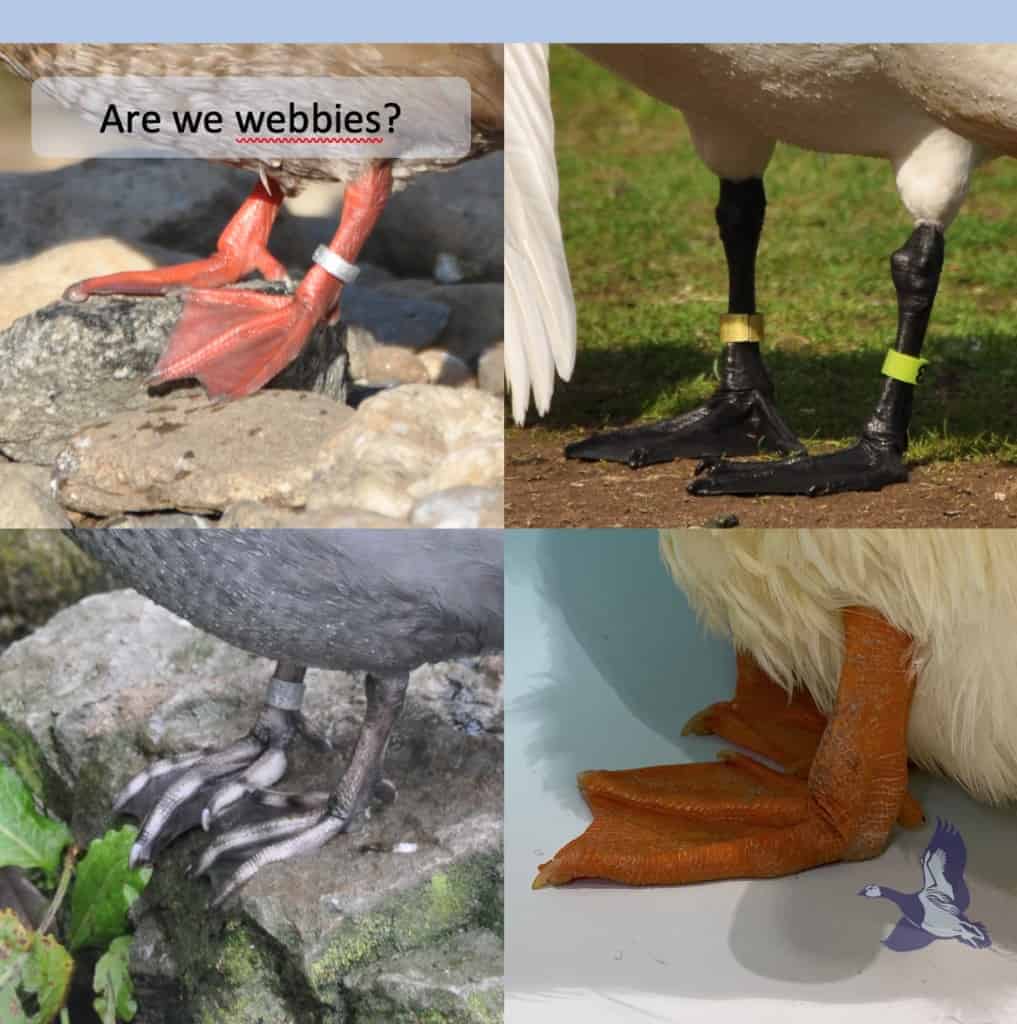
What would you call a bunch of enthusiasts who love ducks, geese and swans? We are paddling into the competition season with a search for a brilliant word. Comment on our Facebook page with your suggestion, like and share our post to friends and family and you could win a copy of the great new […]
Members’ Adverts

Members of the BWA are invited to advertise any birds/equipment they have available for sale. There is no charge. You can submit your advert via the Member Area. • Bird flu • Before considering moving birds or equipment, do check whether they are in a restricted zone where this may not be permitted. These […]
